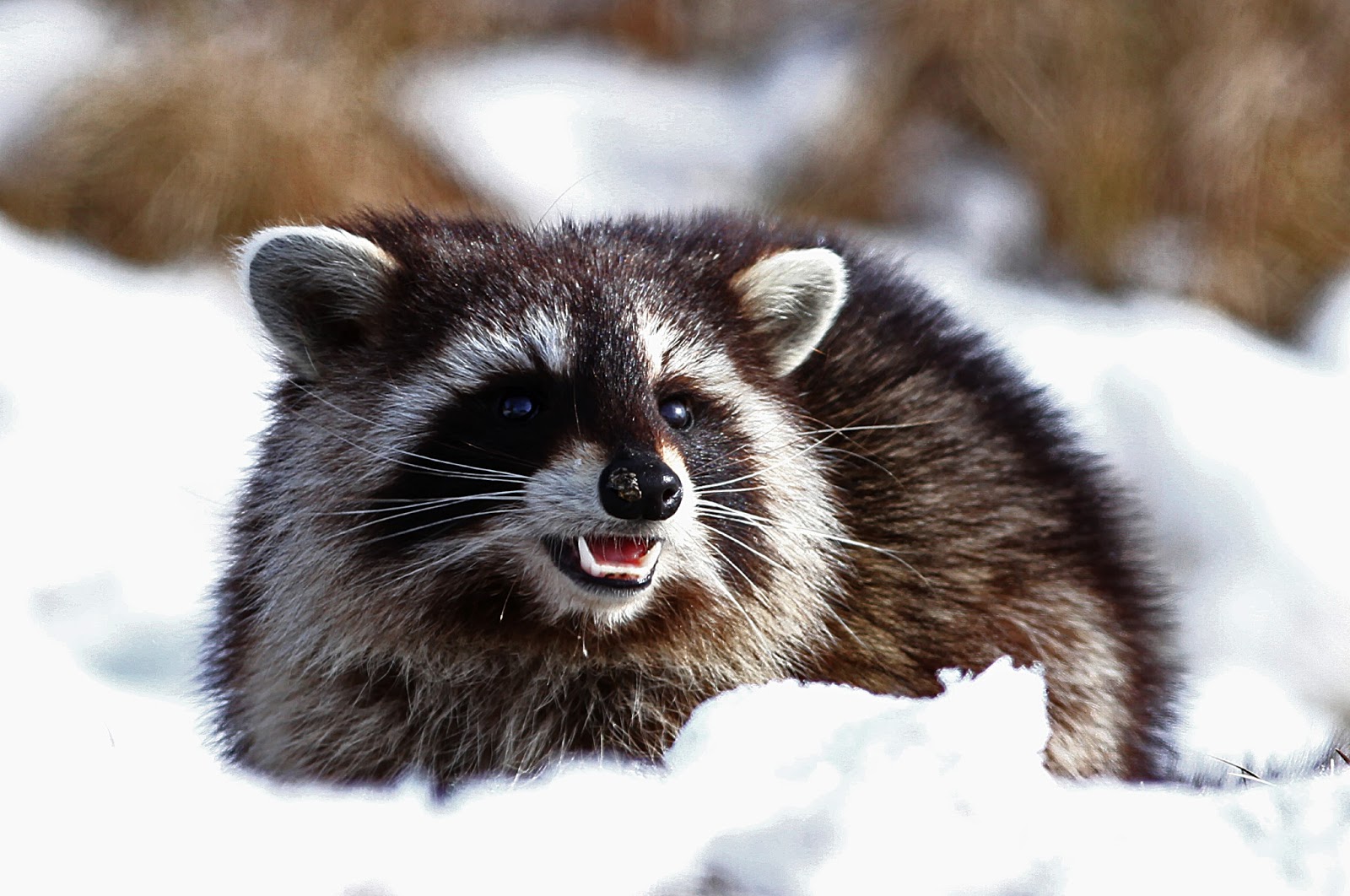
You may notice tracks or footprints around your home, missing chickens from your coop, missing crops from a garden, and holes in your lawn. Other signs include damaged gutters, fencing, porches, and entry doors to crawlspaces, basements, and attics. Raccoons do things that not all animals do, like tipping over garbage cans and scattering trash. They occur all year, and the sooner you get rid of a raccoon, the better. Signs of Raccoon Activity in the Winterĭon’t wait until winter to check for signs of raccoons. Stains on your ceilings and walls are noticeable, and a foul odor is present. As it piles up, the waste runs down floorboards and seeps into your living spaces below. Raccoons create a toilet area, a latrine where they leave feces and urine. They may damage wiring and create fire hazards by plugging pipes and ducts. Expect damage to insulation, drywall, wood beams, and pipes. If they can access personal, sentimental treasures, they will. Raccoons living in your house will rummage through your items in search of food or den materials. Once they choose a den, raccoons will make it warmer by filling it in with leaves, twigs, bark, garbage, and anything else they can find. Raccoons are avid climbers and can sneak into your home through small spaces, like broken screens or windows. They prefer attics, porches, sheds, crawlspaces, and chimneys. Raccoons are well-known for creating a warm den inside your home. Raccoons are lazy, and rather than building their den, they are likelier to steal shelter from another animal. Most often, raccoons choose hollow spaces in trees, brush piles, rock crevices, and fallen logs. When not eating, raccoons must secure a den for the winter. Where Do Raccoons Live During the Winter? This may be one reason raccoon mating season usually occurs from January to March. Most raccoons like to be alone, but in colder climates, they may choose to den with other raccoons. Raccoons are not afraid to enter your home through pet doors if they smell food. Before winter, raccoons eat as much as possible to build an extra layer of fat on their bodies and tails.

Raccoons eat bugs, nuts, fruits, vegetables, small rodents, human garbage, pet feed, fish, bird eggs, and more. You may even see a raccoon out during the day searching for food before the temperatures drop too low. As omnivores, they have many more options than some wildlife.

Because they don’t store food, they must rely on whatever they can find daily. Other times raccoons are actively searching for food. Torpor typically occurs when temperatures fall below 15 degrees. During this time, raccoons slow their metabolism and, in their dens, fall asleep with their tails wrapped around them for warmth. Unlike hibernation, it only lasts a few weeks. Raccoons do not have a hibernation induction trigger but can enter torpor, a dormancy stage. During this time, the animal does not eat or eliminate waste. When winter arrives, animals enter hibernation, a sleeping period that can last for months. For example, fewer daylight hours and temperatures dropping. While some animals prepare to hibernate for the winter, raccoons prepare for torpor, a semi-hibernation.Īn animal that hibernates has an internal trigger called the hibernation induction trigger that is activated by environmental changes. They must prepare for seasonal changes, especially in winter when it is not easy to scavenge for food. They are resourceful and quickly adapt to all styles of living, including in urban areas. Raccoons have thick coats, nimble hands, and clever minds. When the weather gets frigid, they do enter a a dormacy state called torpor. During this time, raccoons slow their metabolism and, in their dens, fall asleep with their tails wrapped around them for warmth. Raccoons are active year round, and cold weather could drive them to seek shelter in your house. Tab will move on to the next part of the site rather than go through menu items.

Enter and space open menus and escape closes them as well. Up and Down arrows will open main level menus and toggle through sub tier links. Left and right arrows move across top level links and expand / close menus in sub levels.

The site navigation utilizes arrow, enter, escape, and space bar key commands.


 0 kommentar(er)
0 kommentar(er)
